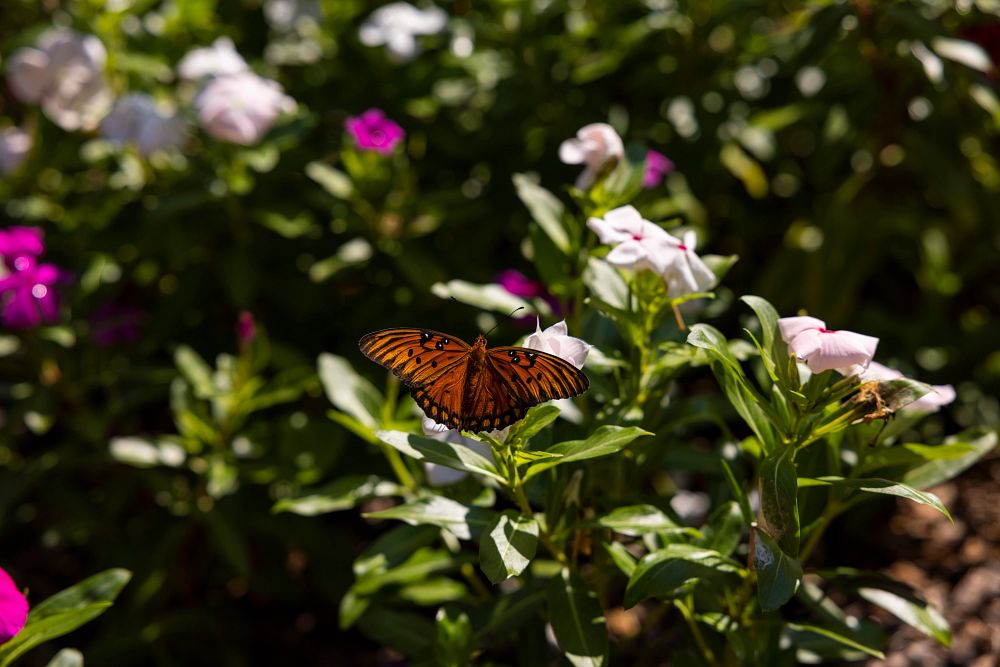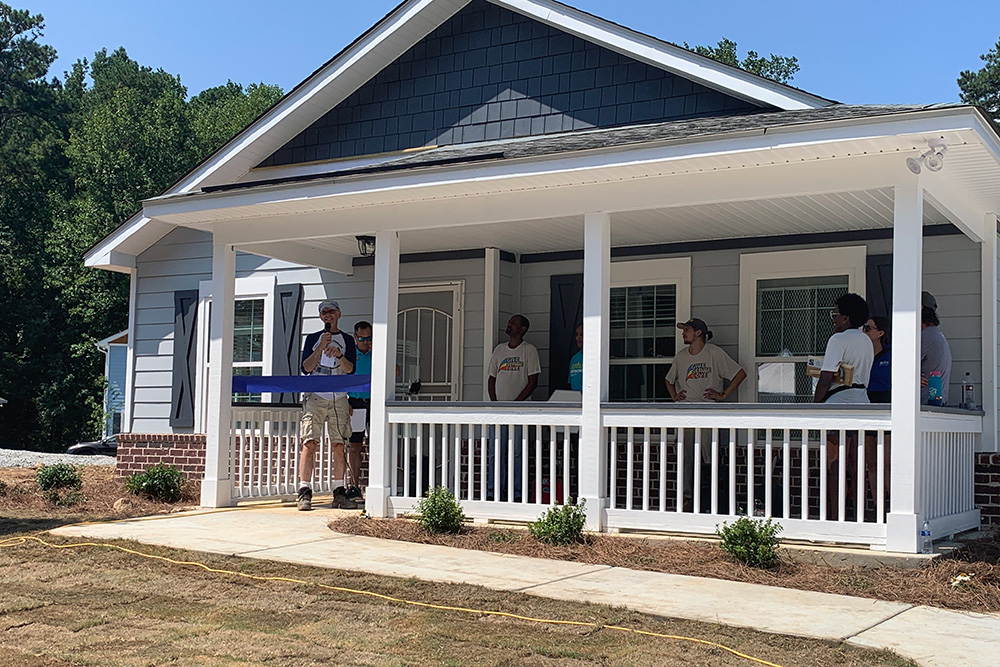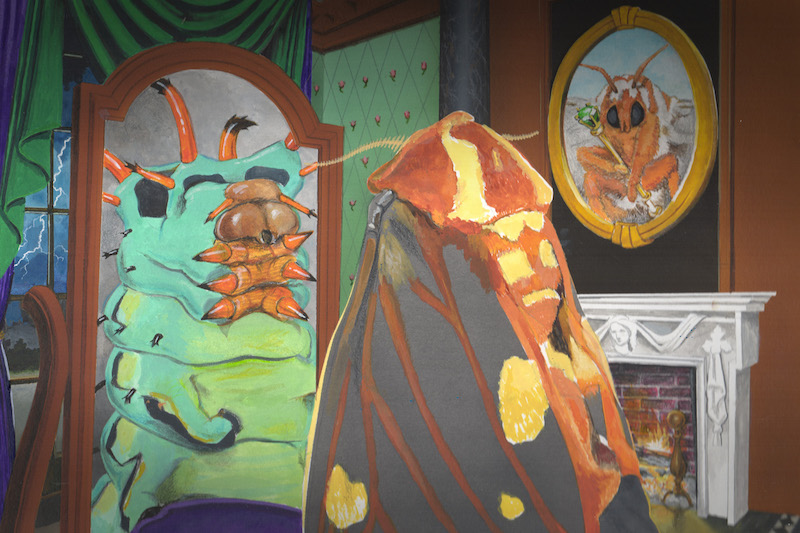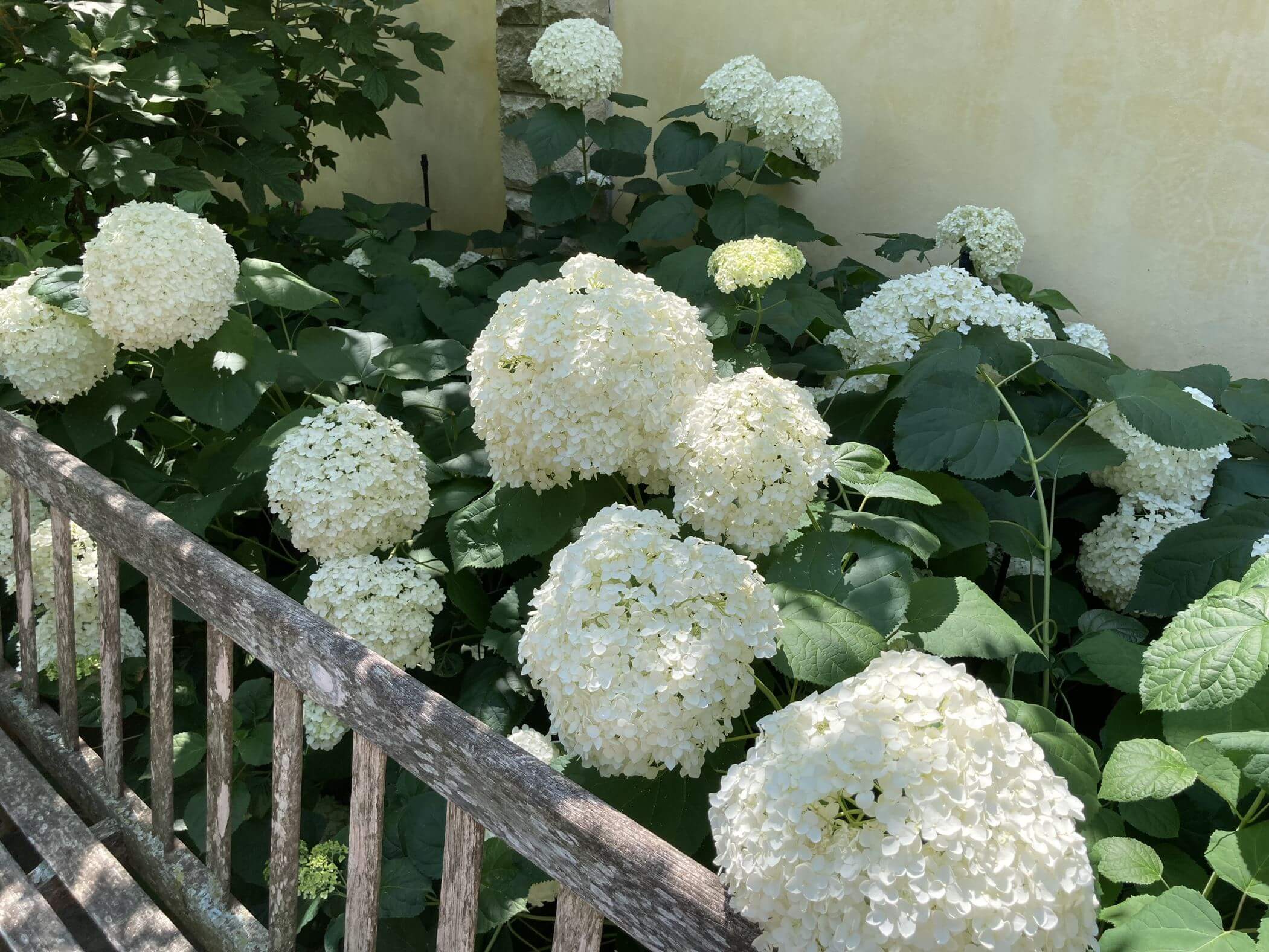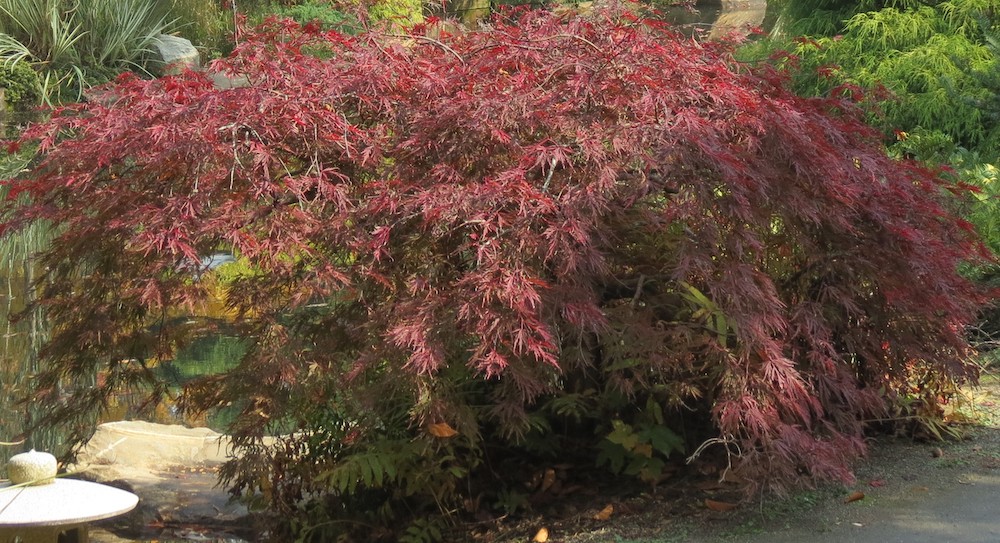As the days get shorter and plants go dormant for winter, many homeowners become anxious to prune their landscapes. For most trees and shrubs, pruning in the fall isn’t the best time.
Some woody trees and shrubs can be injured during winter from pruning cuts or open wounds that won’t have a chance to heal properly until next spring. An open wound in the winter is more likely to suffer damage from water freezing and thawing inside the cracks and crevices of the exposed wood.
February and March are best months
It is generally better to prune trees and shrubs in February or early March just before spring growth begins. This is the ideal time to prune fruit trees, shade trees, crape myrtles, shrub roses, hollies and other evergreen plants.
Pruning in late winter minimizes the time the wound is exposed. As trees break dormancy in the spring, their rapid growth will quickly heal over any exposed wounds or cuts. Wound sealants or pruning paints are not recommended. Numerous studies have shown that these products actually slow or delay the healing process and provide little or no benefit.
There are exceptions
Of course with any rule there are a few exceptions. Herbaceous perennial plants like daylilies, peonies, black-eyed susans, hostas and purple coneflowers can be cut back once they are dormant. Remove dead leaves and stems in the fall and add mulch to protect roots from freezing weather.
Fall is also a great time to divide and transplant many perennial plants. Some gardeners don’t cut back perennials, such as ornamental grasses, until late winter because their dormant leaves provide winter interest and texture to the landscape.
Other exceptions are trees and shrubs that produce flowers on old wood, or buds formed during the previous season. Pruning these trees while dormant will not harm them, but the following year’s flower buds will be sacrificed.
Examples of trees and shrubs that bloom on old wood are dogwoods, redbuds, flowering cherries, azaleas, rhododendrons, camellias, climbing roses that bloom in spring, forsythias, lilacs and viburnums. These trees and shrubs should be pruned immediately after their blooming season ends to avoid removal of next year’s flower buds. Most of these plants have obvious flower buds that should provide a fair warning not to prune them. If renovation or renewal pruning is necessary during the dormant season, don’t expect many flowers for at least a year.
Use sharp tools
Hand pruners are your best tool. Avoid using gas-powered trimmers when doing major corrective pruning and reshaping jobs. The bypass cut or scissor type pruners are the most useful. Anvil-type, hard pruners aren't as good as they tend to crush rather than cut limbs. Use lopping shears to prune small trees or shrubs with diameters up to 1.5 inches. For plants with branches more than 2-inches thick, use a pruning saw.
Make sure your tools are sharp. Sharp tools will make cleaner cuts and allow them to heal faster. When pruning diseased plants, consider sterilizing the pruning blades with a 10-percent bleach solution. This should especially be done between individual plants. This will minimize the spread of diseases from plant to plant.
When you finish pruning, don't just throw your pruning tools in the shed. Clean them and apply a light coat of household oil to prevent rust.

.jpg)
